Buy this painting Forth Bridge by Nop Briex as a reproduction on canvas, ArtFrame, poster and wallpaper, printed on demand in high quality.
About "Forth Bridge"
by Nop Briex
About the artwork
The Forth Bridge is a 19th century railroad bridge connecting the banks of the Firth of Forth in Scotland. This type of bridge is also known as a cantilever bridge. The bridge is located between the towns of North Queensferry and Queensferry. On March 4, 1890, the bridge was opened by the Prince of Wales, later King Edward VII.
The bill to build the bridge was passed on May 19, 1882, with the only objections coming from rival railroad companies. The steel was produced by Frederick and William Siemens (England) and Pierre and Emile Martin (France). Technical improvement in the 1970s made it possible to produce high-quality steel very quickly. Work on the bridge began under the direction of Thomas Bouch, but was abandoned when the Tay Rail Bridge, another of Bouch's designs, collapsed during a storm in December 1879 leading to the Tay Bridge disaster. The work was taken over by John Fowler and Benjamin Baker and carried out between 1883 and 1890. The first four years were spent building caissons (watertight chambers) and constructing the piers. Due to the collapse of the Tay Bridge, the Forth Bridge was calculated to withstand a hurricane. Steel was delivered by train and prepared at the South Queensferry shipyard, dyed with boiled linseed oil and then taken by barge to where it was needed. For a time a paddle steamer was hired to transport workers, but after a while it was replaced by a specially built ship, which could carry 450 men.

About Nop Briex
Contemporary images and even those from the past inspire me to recycle them for re-actionary contemporary impressionist art. My drawings and paintings are sketch impressions in a loose and free style, the paintings in a colorful palette. I also produce collages and digital artworks or find new inspirations and.. Read more…
 Netherlands
Netherlands Ordered in January 2018
Ordered in January 2018
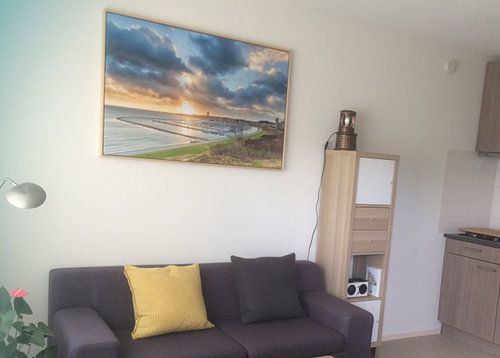
 Netherlands
Netherlands Ordered in September 2021
Ordered in September 2021
 Netherlands
Netherlands Ordered in August 2024
Ordered in August 2024
 Netherlands
Netherlands Ordered in June 2020
Ordered in June 2020
 Germany
Germany Ordered in January 2020
Ordered in January 2020
 Germany
Germany Ordered in July 2019
Ordered in July 2019
 Germany
Germany Ordered in September 2019
Ordered in September 2019
 Netherlands
Netherlands Ordered in April 2019
Ordered in April 2019
 Germany
Germany Ordered in April 2019
Ordered in April 2019
 Germany
Germany Ordered in March 2021
Ordered in March 2021
 Netherlands
Netherlands Ordered in July 2024
Ordered in July 2024
 Germany
Germany Ordered in November 2022
Ordered in November 2022
About the material
ArtFrame™
Interchangeable Art Prints
- High-quality print
- Easily interchangeable
- Acoustic function
- Large sizes available
Discover the artworks of Nop Briex
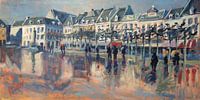 The Vrijthof after the rainNop Briex
The Vrijthof after the rainNop Briex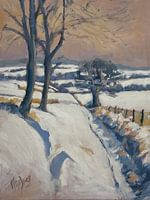 King Winter, how early you are this year!Nop Briex
King Winter, how early you are this year!Nop Briex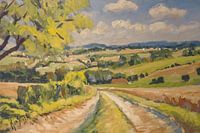 Country road to MechelenNop Briex
Country road to MechelenNop Briex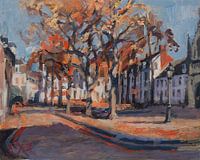 Late Autumn light at the Our Lady Square MaastrichtNop Briex
Late Autumn light at the Our Lady Square MaastrichtNop Briex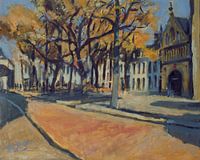 Warm late summer light on OLV Square MaastrichtNop Briex
Warm late summer light on OLV Square MaastrichtNop Briex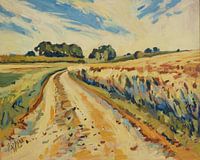 Field road along the golden grain, SchimmertNop Briex
Field road along the golden grain, SchimmertNop Briex Flower bouquetNop Briex
Flower bouquetNop Briex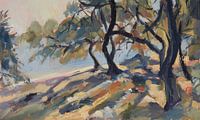 Olive trees at Marmari beach on PaxosNop Briex
Olive trees at Marmari beach on PaxosNop Briex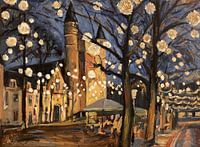 December festive lights on the Square of Our Lady in MaastrichtNop Briex
December festive lights on the Square of Our Lady in MaastrichtNop Briex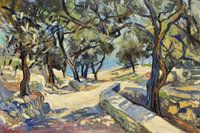 To the beachNop Briex
To the beachNop Briex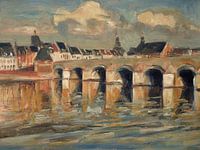 Sunny MaastrichtNop Briex
Sunny MaastrichtNop Briex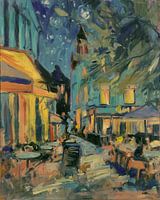 Nightcafe AmorspleinNop Briex
Nightcafe AmorspleinNop Briex Festival lights over Our Lady's Square at midnightNop Briex
Festival lights over Our Lady's Square at midnightNop Briex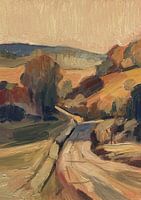 Road to VaalsNop Briex
Road to VaalsNop Briex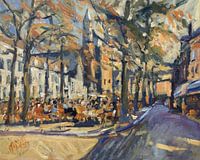 Sunny terrace. Welcome to Maastricht!Nop Briex
Sunny terrace. Welcome to Maastricht!Nop Briex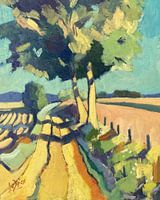 Steep field roadNop Briex
Steep field roadNop Briex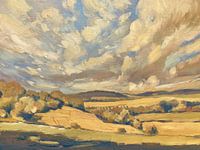 Panorama towards EyserbosNop Briex
Panorama towards EyserbosNop Briex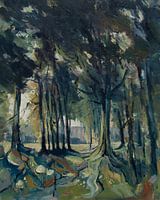 Forest path Central BrabantNop Briex
Forest path Central BrabantNop Briex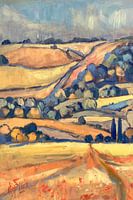 GulperbergNop Briex
GulperbergNop Briex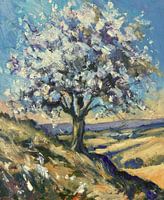 Lonely but not aloneNop Briex
Lonely but not aloneNop Briex
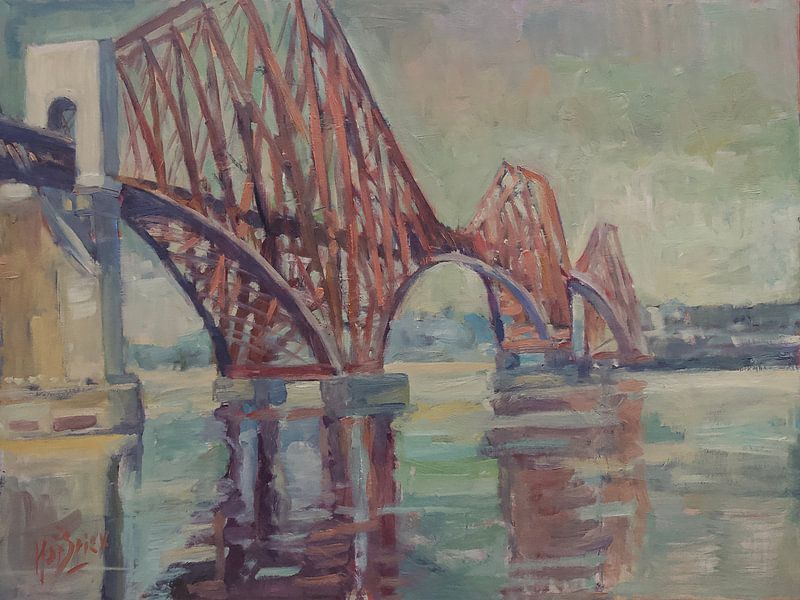
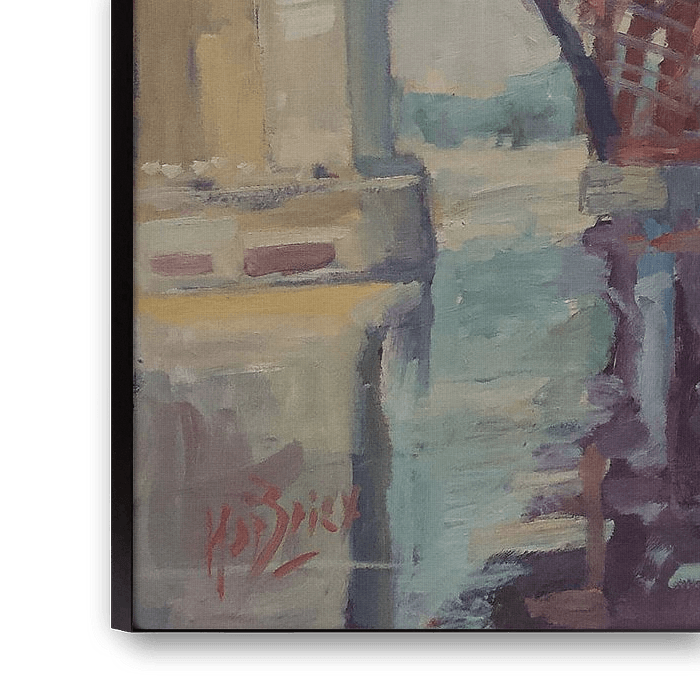

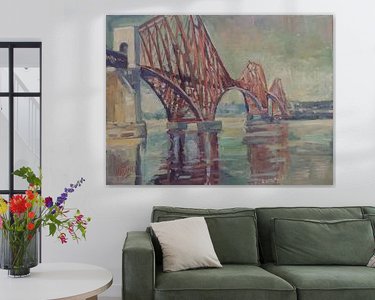


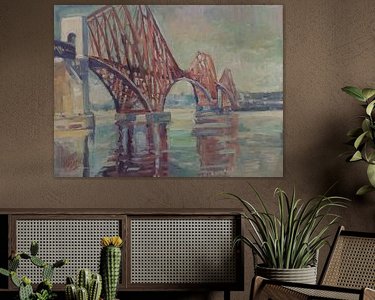
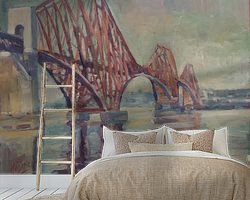
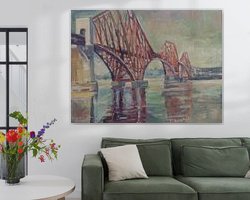

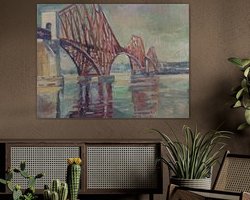

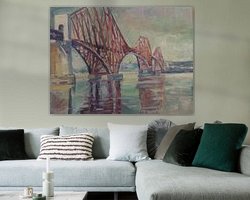
 Edinburgh
Edinburgh Nostalgic Memories
Nostalgic Memories Scotland
Scotland Serene Peace
Serene Peace









